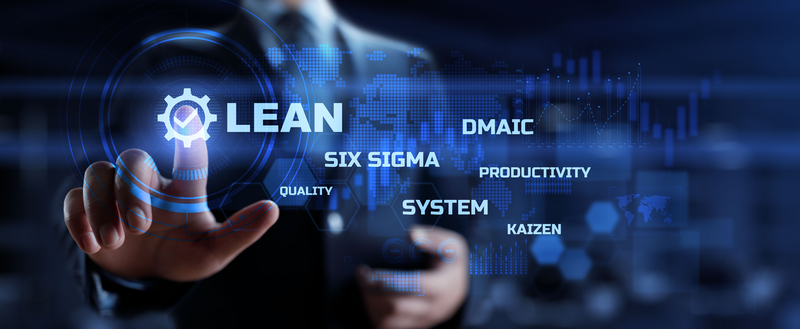
People often wonder what is lean manufacturing. Lean approaches find use in sectors worldwide for reducing waste and improving productivity. The methodology cuts down on unnecessary expenditure and improves the value delivered to the customer. The goal is to fine tune processes until they’re simple, cost-effective, and devoid of wastes.
Businesses of various scales can use lean to transform their workflows and deliver greater customer satisfaction levels. Let’s see what lean manufacturing means in greater detail and examine its core principles.
What is Lean Manufacturing?
Lean manufacturing is centered around the use of lean practices to the manufacture of tangible products. Lean practices minimize or eliminate wastes, improve quality, reduce costs, and reduce the turnaround time.
Lean traces its use to the 20th century when companies began thinking about scientific ways to manage production to differentiate themselves with competitors, both local and global.
Waste in lean manufacturing refers to any process that fails to add any value for customers. Wastes could be products, processes, services, or activities, which involve the investment of money, resources, and time but do not produce any value or results for the end users.
Let’s see the various types of wastes:
- Overproduction
- Underutilization of talent
- Transport wastes
- Poor inventory management
- Excessive processing
- Defects in products
- Waiting time
Lean takes a close look at everything production entails. Even the graphic labels on your products play an important part when it comes to lean manufacturing.
The Principles of Lean Manufacturing
- Kaizen: This approach implies change for the better. It prescribes continuous improvement and also helps in maintaining an environment of mutual respect between team members.
- Just-in-Time (JIT): This methodology emphasizes the creation of a product only when it is required by the customer. This cuts down on overstocking which is an essential waste in lean production. It will also help reduce space requirements and inventory management costs.
- Heijunka: The Japanese word means ‘leveling’ or purposely manufacturing in small batches and placing varying products in a sequence.
- Kanban: Kanban eliminates overproduction and is a powerful visual method to streamline workflows. Kanban helps manufacture products in accordance with customer requirements.
- Single-Minute Exchange of Dies (SMED): The process aims to reduce the time it takes for equipment changeovers. SMED originated in Japan and helps minimize wastes. A series of steps are deployed to achieve minimal delays.
- Poka-Yoke: A Japanese term that stands for mistake-proofing. Poka-Yoke ensures the products produced are free from defects and attain the highest levels of quality possible.
- Value: Lean begins with an understanding of what value means for the customer. Businesses need to know what customers find significant in their products and what they’re really looking for.
- Value Streams: This is a complete mapping of the product lifecycle from the supply chain to its disposal. Lean manufacturing involves examining the value streams and looking for opportunities to reduce wastes wherever possible.
- Flow: This refers to a streamlined flow within the value stream without bottlenecks. Wastes include waiting times and unnecessary storage expenditures.
- Pull: Lean doesn’t involve production based on forecasts but instead is based on customer demands. This prevents overstocking and overproduction-related wastes and the consequent expenditures.
Summary
The primary aim of lean manufacturing is to reduce the time it takes for a product to reach customers. It will also reduce the time it takes for suppliers to provide raw materials. The core tenet of lean is to minimize or even get rid of wastes.
Businesses can take a number of steps to reduce waste which include eliminating overproduction, avoiding unnecessary overstocking for enhanced inventory management, and reducing the unnecessary motion of machinery, people, and goods.
It’s imperative to understand customer value, which will help avoid unnecessary processing and reduce turnaround time for improved customer satisfaction levels. The voice of the customer is a primary input in the lean methodology. A close eye is kept on defects as their production increases costs without adding value.









Comments are disabled for this post.